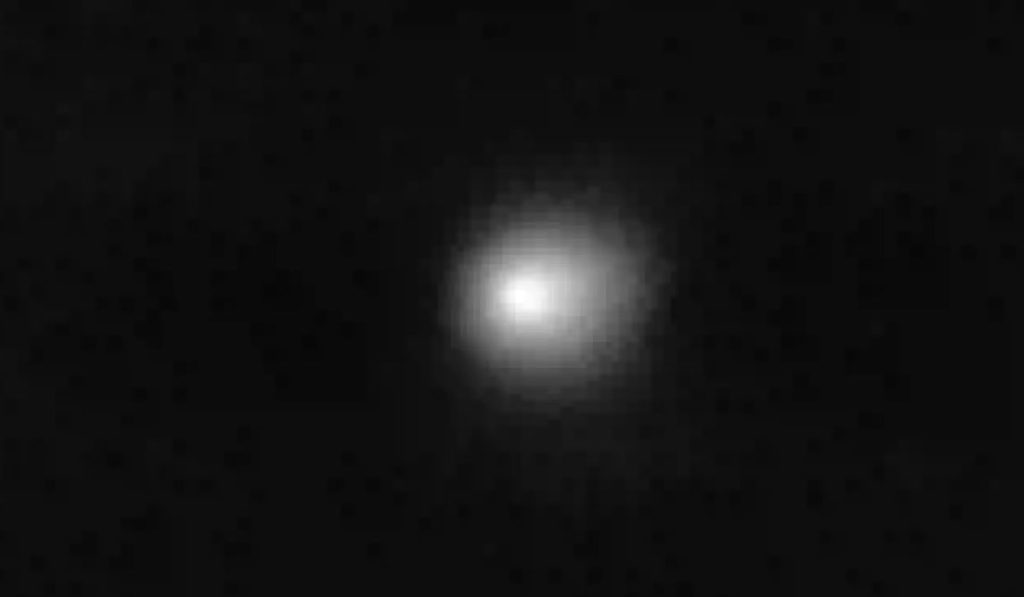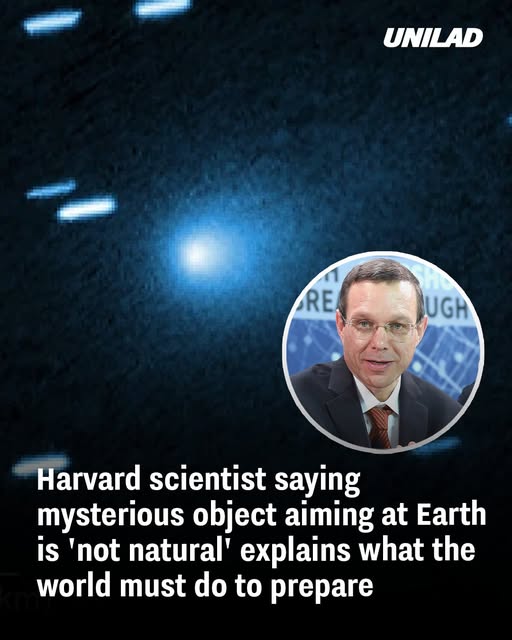Scientists recently discovered a rare visitor 3I/ATLAS, the third confirmed object from beyond our Solar System. Spotted for the first time on July 1, 2025, by the NASA-funded ATLAS telescope in Chile, its exceptionally fast hyperbolic trajectory marks it as interstellar in origin. Traveling at over 130,000 mph (60 km/s), it is moving too quickly to be gravitationally bound by the Sun.
What Makes 3I/ATLAS So Intriguing?
One of the most striking facts about this cosmic interloper is its sheer size. Observations from the Vera C. Rubin Observatory reveal a nucleus approximately 7 miles (11.2 km) wide—making it the largest interstellar object ever detected. NASA’s Hubble Space Telescope images further show a teardrop-shaped dust coma enveloping the icy core. Despite initial public concern, NASA confirms that 3I/ATLAS poses no threat to Earth, with a closest approach of roughly 1.6–1.8 astronomical units (AU)—far beyond Earth’s orbit.

Deepening Understanding Through Observations
Extensive studies have honed in on the comet-like behavior of 3I/ATLAS. Observations by TESS (Transiting Exoplanet Survey Satellite) captured pre-discovery detections between May 7 and June 2, 2025, helping determine its brightness and active behavior at distances beyond 6 AU. Additional ground-based photometry and spectroscopy unveiled a rotation period of around 16.2 hours, mild color reddening, and low dust activity—consistent with a weakly active comet. Remarkably, Swift observatory’s UV imaging confirmed water activity in the coma—detected via OH emissions—at distances beyond 3 AU, where such activity is typically inefficient.
Controversy: Is It Truly “Natural”?
Renowned Harvard astrophysicist Avi Loeb has sparked debate by suggesting that 3I/ATLAS may not be a natural object. In a recent Medium post, he indicated that its trajectory and lack of expected gas emissions warrant further scrutiny, even rating it a “6 out of 10” on his “Loeb Scale” of artificiality. Loeb also urged the establishment of international protocols to manage potential extraterrestrial encounters. However, other experts—including those at the European Space Agency—conclude that current data supports a natural cometary origin, highlighting observed water and dust as strong indicators.
What’s Next?
Astronomers anticipate that 3I/ATLAS will reach perihelion—its closest point to the Sun—around October 29–30, 2025, before retreating back into interstellar space. Its visibility from Earth is expected to remain favorable through September, with observation opportunities resuming again in early December after it re-emerges beyond the Sun’s glare.

Final Thoughts
3I/ATLAS offers a rare and clear opportunity to study the nature and origins of interstellar objects. Its captivating size, distant activity, and ongoing debates over its nature highlight both the promise of observational astronomy and the importance of preparing scientifically—and perhaps even diplomatically—for cosmic surprises. The discovery of 3I/ATLAS also underlines the rapid advancements in astronomical technology. Instruments like the Vera C. Rubin Observatory and NASA’s space telescopes are making it possible to detect such objects earlier and in greater detail than ever before. For many scientists, this is more than a single discovery—it’s a preview of the countless interstellar visitors yet to be found. Each new detection helps piece together the vast and complex puzzle of our universe’s origins and its cosmic neighbors.

















